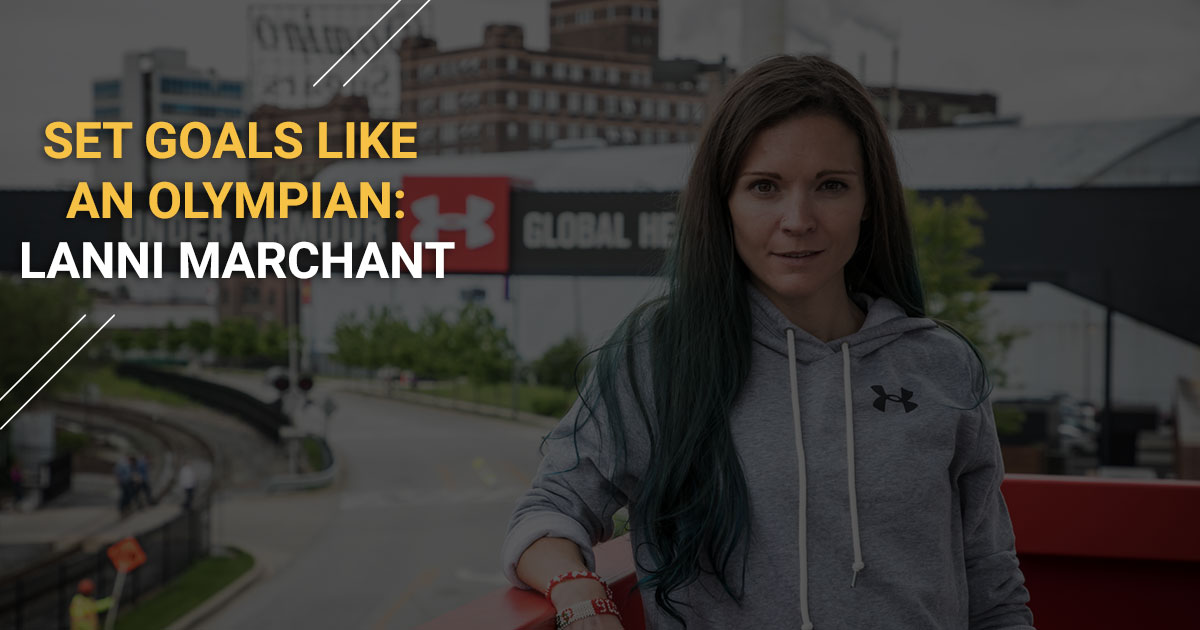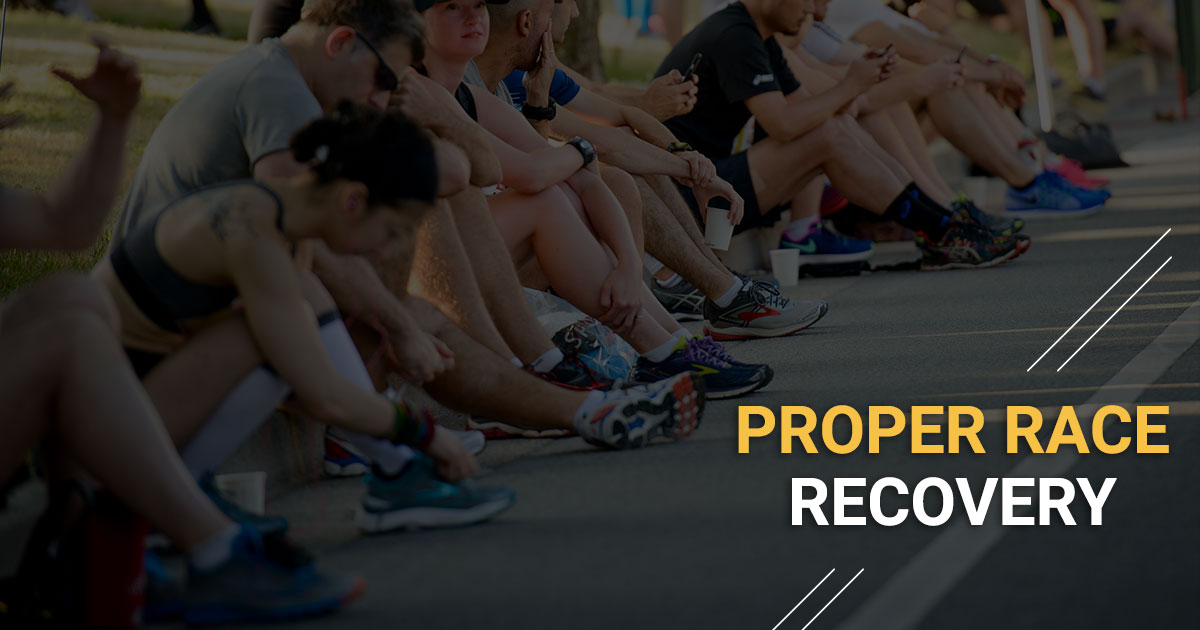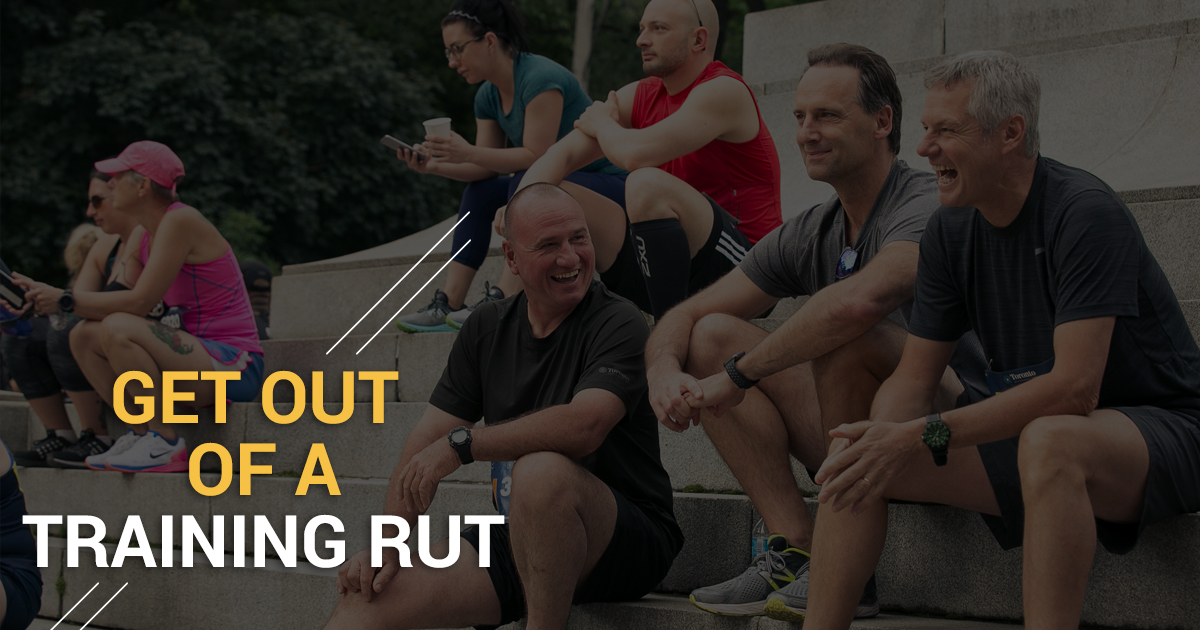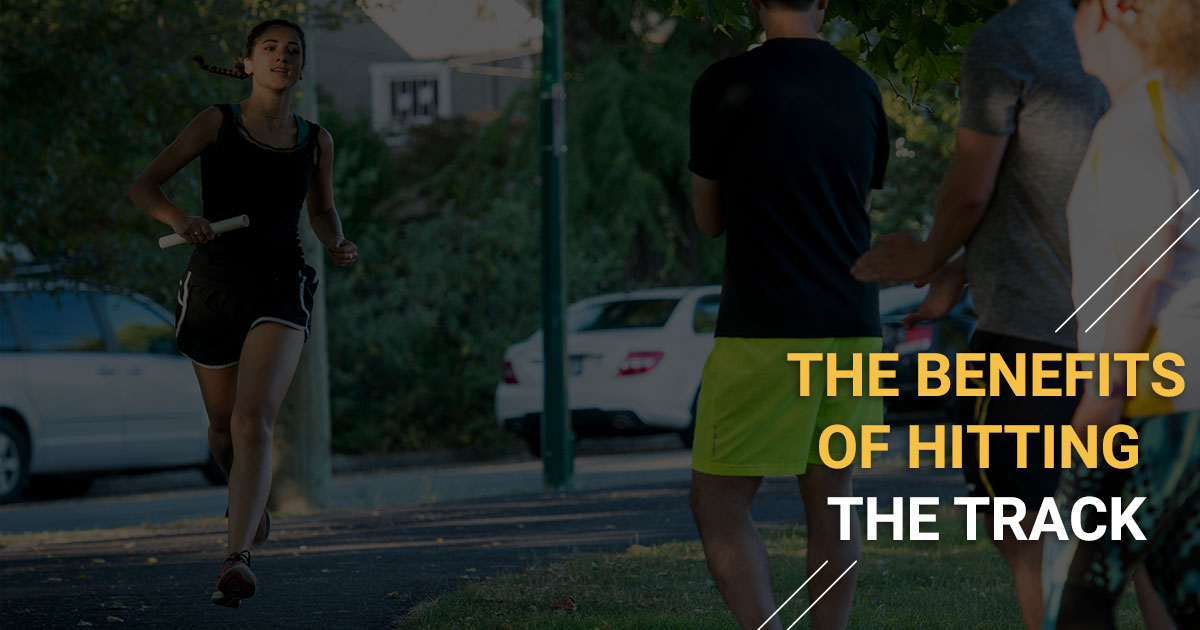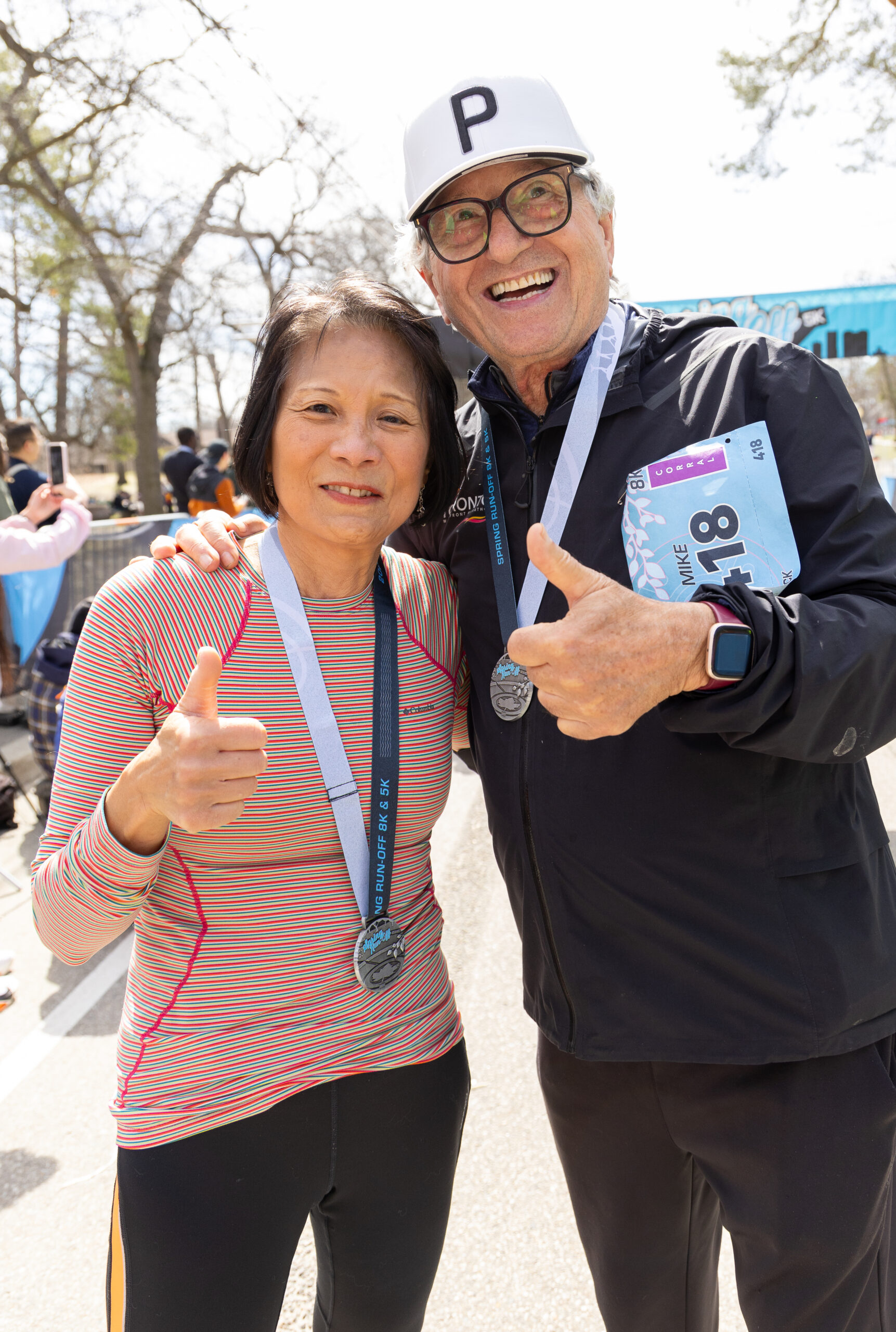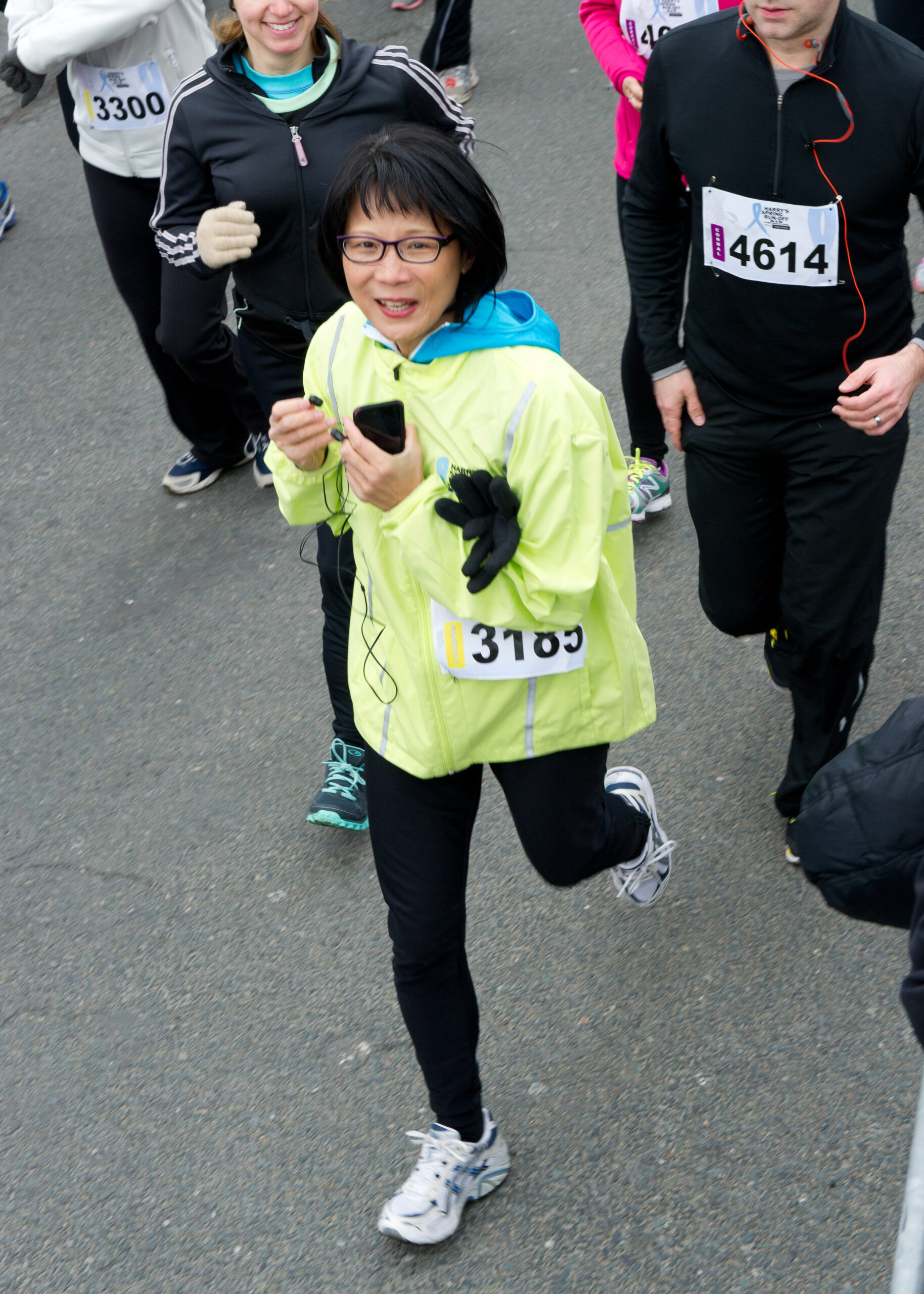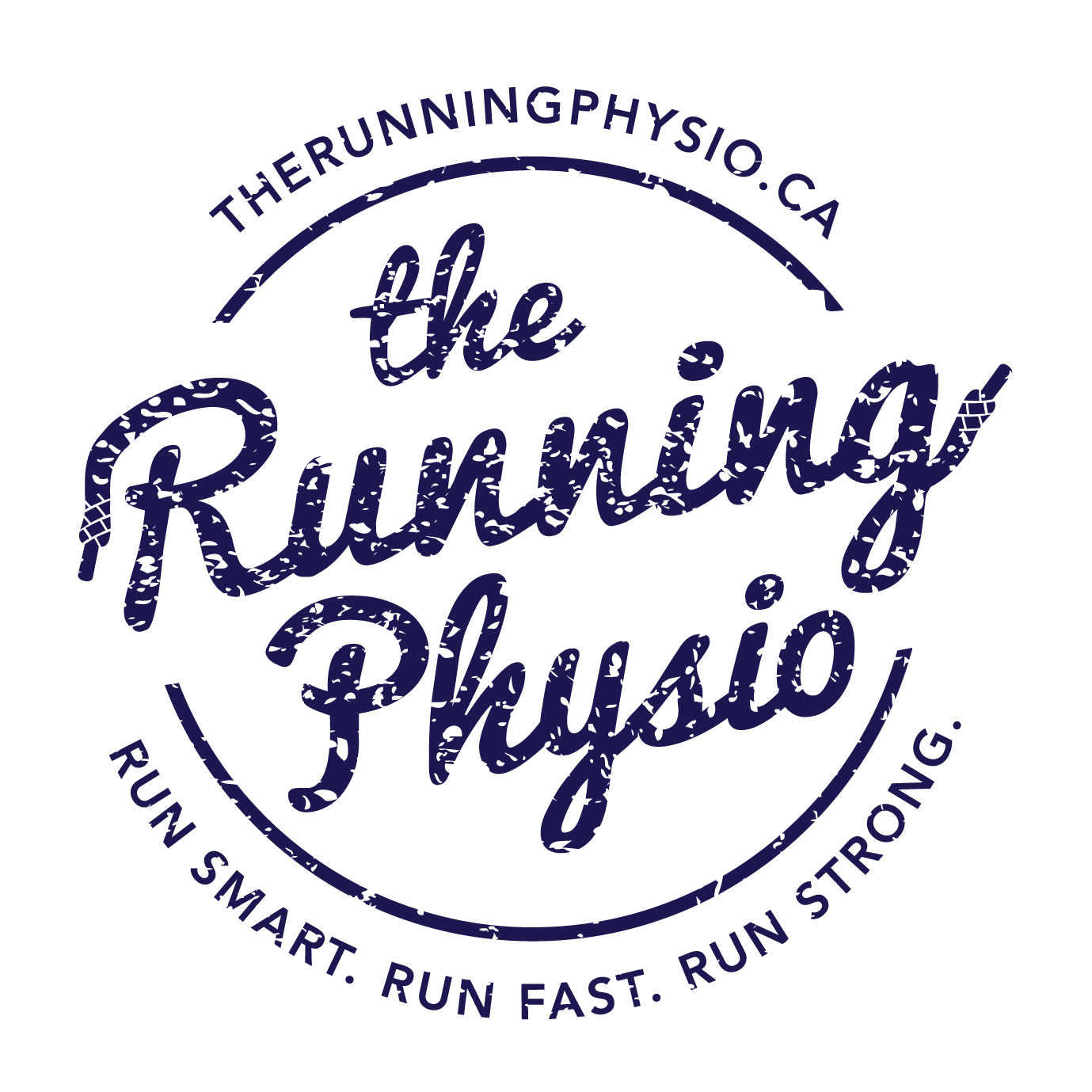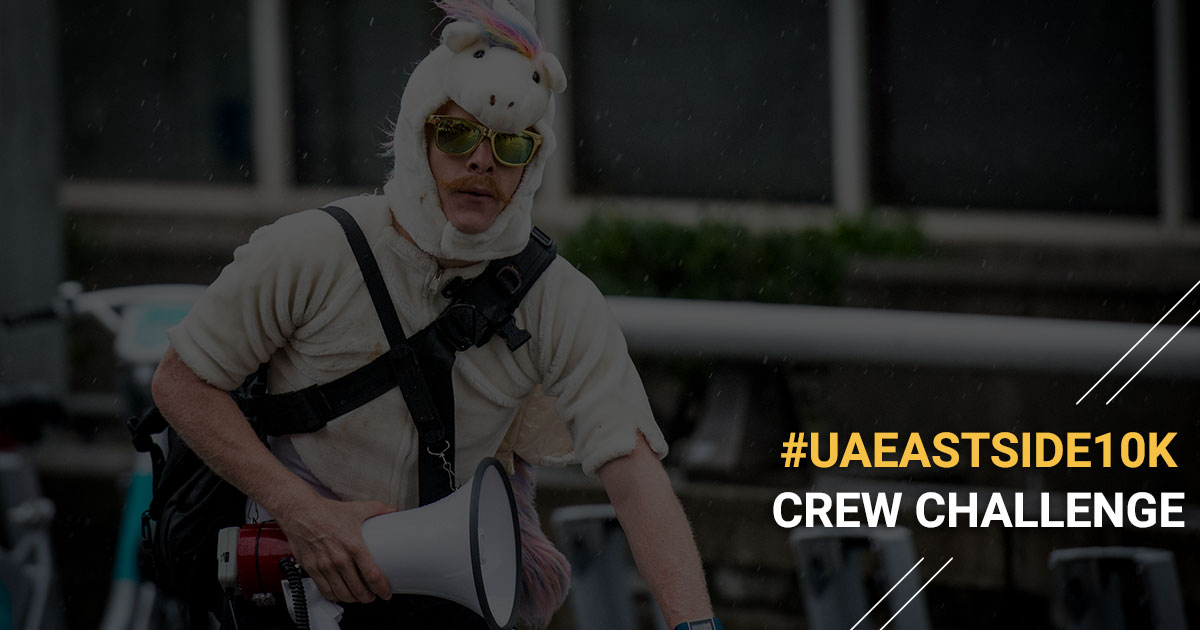
Eastside 10k Crew Challenge Detail
- The crews will be grouped according to the charity they are supporting and will be evaluated by the combined group effort. The group of Crews supporting the same charity is referred to below as the ‘Charity Team’.
- The winning Charity Team will be the group with the highest total points accumulated across the 5 categories.
- Each Charity Team must fundraise a minimum of $500 for their charity to be eligible for prizing.
- Fundraising totals will be tallied based on online fundraising pages as of 6:00am PST race day, Saturday September 16, 2017. But fundraising will remain open 2 weeks after the event.
- Runners must be registered on their appropriate teams, by the close of online registration, Monday, September 11, 2017 midnight PST to be counted for prizing.
The five scoring categories:
- Fastest Team
- Combined time of the three fastest female runners and three fastest male runners.
- Scoring 3, 2, 1. Highest value = fastest Charity Team.
- Largest Team
- Total number of runners registered on your team that finish the run.
- Scoring 3, 2, 1. Highest value = largest Charity Team.
- Total Fundraising
- Total amount of team fundraising for their charity.
- Scoring 3, 2, 1. Highest value = most raised by Charity Team.
- Average Fundraising
- Total Fundraising divided by the number of runners. Giving an advantage to smaller crews.
- Scoring 3, 2, 1. Highest value = highest average by Charity Team.
- Charity Influence
- Each Charity Team will be evaluated by their respective charity and awarded up to 3 bonus points.
- The charities will evaluate the crew’s participation on Social Media influence (tagging and promoting fundraising), Volunteering (supporting the charity in person)
Prizing:
- 1st Place
- Unique placard denoting your 2017 Championship.
- Canada Running Series Sponsors Prize package.
- $500 donation to your team’s Charity.
- 5 – 2018 Canada Running Series West seasons passes.
- 2nd Place
- $300 donation to your team’s Charity.
- 3 – 2018 Canada Running Series West seasons passes.
- 3rd Place
- $100 donation to your team’s Charity.
Our 2017 Charity Partners:

Downtown Eastside Women’s Centre
The Downtown Eastside Women’s Centre (DEWC) is one of the busiest women’s centres in the country, operating a non-profit Drop-In Centre and Emergency Night Shelter in one of the poorest communities in Canada. DEWC is unique in that it is one of the only safe spaces within the Downtown Eastside specifically and exclusively for all women and their children, and has been a permanent and pertinent part of the community since 1978.
Instagram: @dewcvan
Facebook: @DowntownEastsideWomensCentre
Twitter: @DEWCvancouver
The Greater Vancouver Food Bank is a non-profit organization with a mission to empower people to nourish themselves by providing access to healthy food, education and training. The GVFB provides assistance to over 26,500 people weekly through 14 food locations and close to 100 and community agencies located in Vancouver, Burnaby, New Westminster and North Vancouver. The GVFB is committed to its vision of accessible, healthy and sustainable food for all and through community collaboration, is pro-actively working to help end hunger.
Instagram: @VanFoodBank
Facebook: @VanFoodBank
Twitter: @VanFoodBank
 PHS Community Services Society
PHS Community Services Society
PHS Community Services Society (PHS) is an innovative and well-established non-profit organization located in Vancouver’s Downtown Eastside (DTES) community. The agency has extensive property management experience in complex mixed-use projects and primary care initiatives. The PHS improves the lives of thousands of vulnerable individuals each year through housing, health and support services. Clients served represent the most marginalized populations residing in Vancouver’s DTES and facing multiple barriers due to their mental health and substance use. Through many successful partnerships, PHS contributes to the development of best practices in health, mental health and harm reduction.
Instagram: @PHScss
Facebook: @PHSCommunityServicesSociety
Twitter: @PHScss



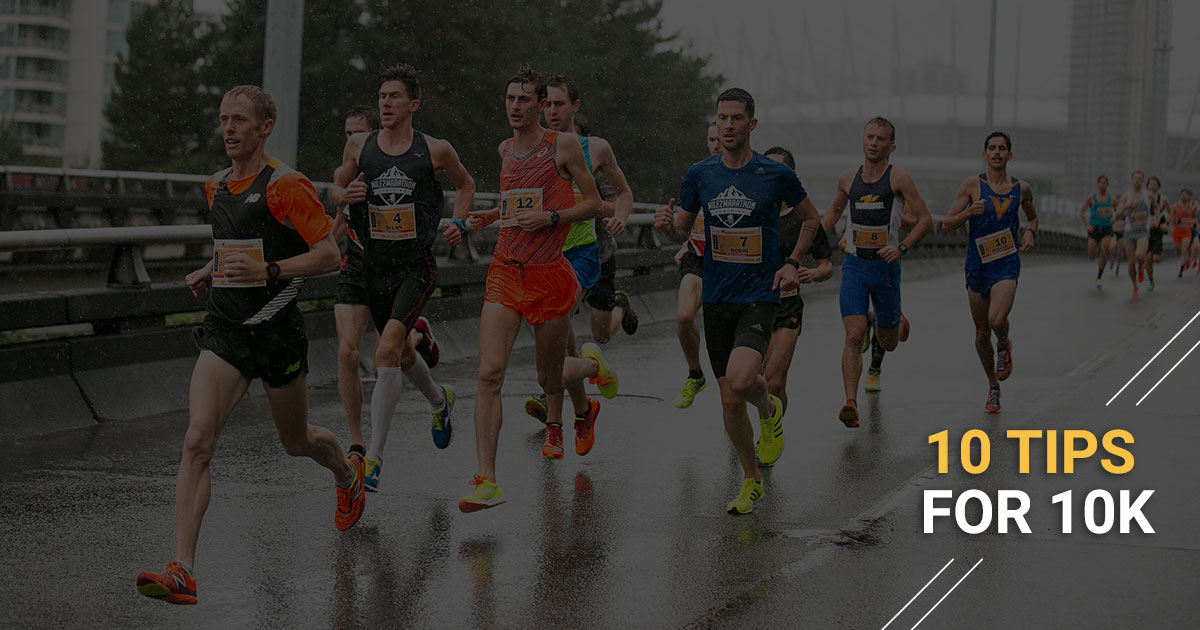


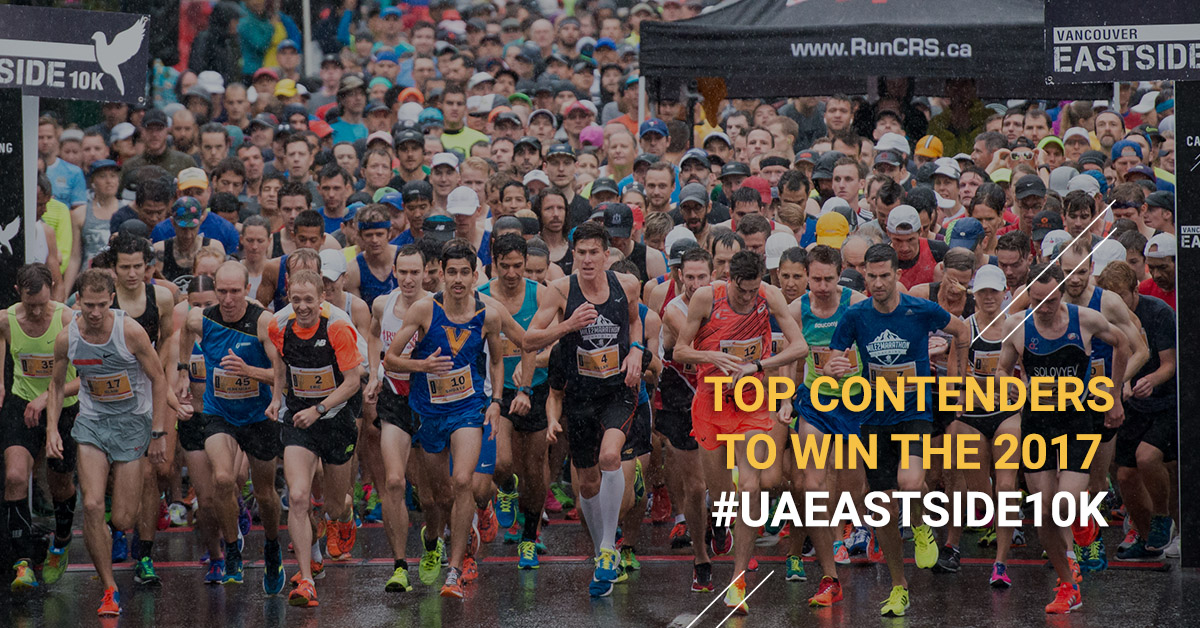
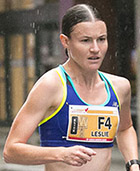 Leslie Sexton –
Leslie Sexton –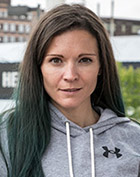 Lanni Marchant –
Lanni Marchant –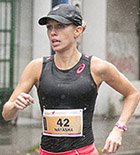 Natasha Wodak –
Natasha Wodak –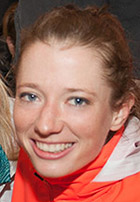 Rachel Cliff –
Rachel Cliff –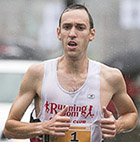 Geoff Martinson –
Geoff Martinson –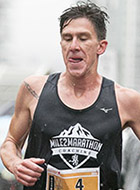 Dylan Wykes –
Dylan Wykes – Kevin Coffey –
Kevin Coffey –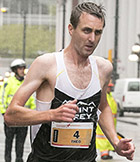 Theo Hunt –
Theo Hunt –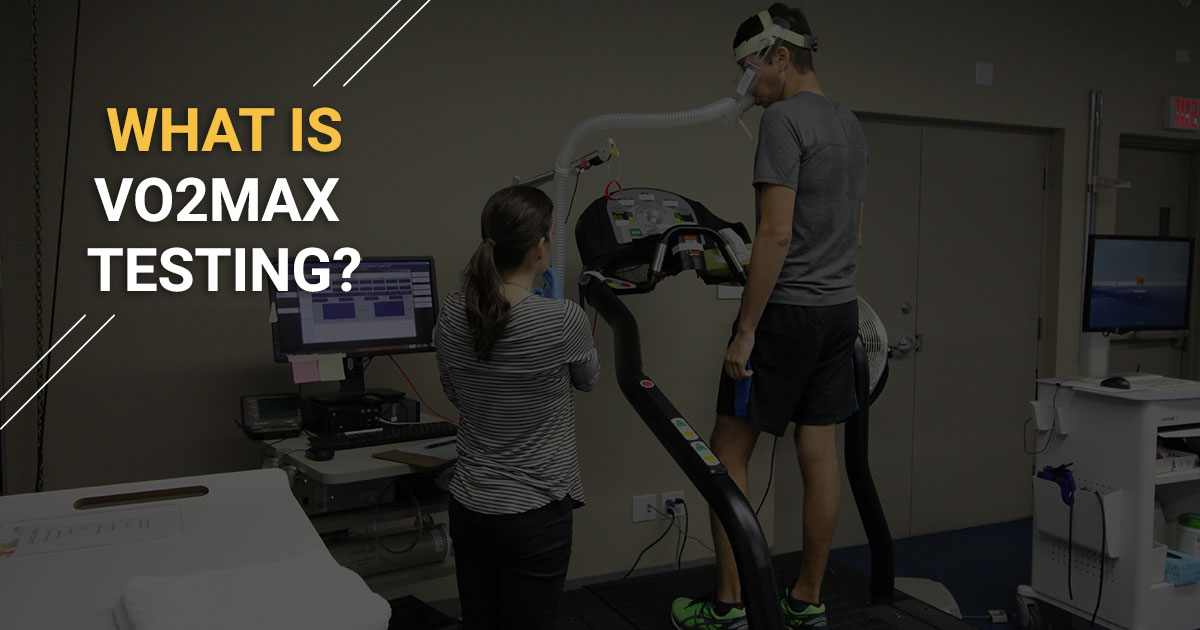
 Over the past 3 years my fitness goals have shifted dramatically. My journey started with a desire to lose weight and improve my health after a break-up. As I began to see results, I started getting curious about my potential. After losing approximately 98 lbs and vastly improving my cardiovascular fitness, I met an experienced runner who invited me on my first 10K run and I was hooked.
Over the past 3 years my fitness goals have shifted dramatically. My journey started with a desire to lose weight and improve my health after a break-up. As I began to see results, I started getting curious about my potential. After losing approximately 98 lbs and vastly improving my cardiovascular fitness, I met an experienced runner who invited me on my first 10K run and I was hooked.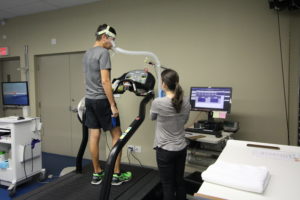 I’ve seen VO2max testing done before in movies and on TV so I had a good idea of what I was in for before arriving. But, it’s different watching something versus doing it yourself. My experience scuba diving was definitely helpful as the mouth piece used in the VO2max felt very similar to the regulator I use when I scuba dive. Being comfortable with the mouth piece attached and your nose plugged can take some time. The staff were great about ensuring a comfortable fit and I found it easy to adjust to after a few minutes.
I’ve seen VO2max testing done before in movies and on TV so I had a good idea of what I was in for before arriving. But, it’s different watching something versus doing it yourself. My experience scuba diving was definitely helpful as the mouth piece used in the VO2max felt very similar to the regulator I use when I scuba dive. Being comfortable with the mouth piece attached and your nose plugged can take some time. The staff were great about ensuring a comfortable fit and I found it easy to adjust to after a few minutes.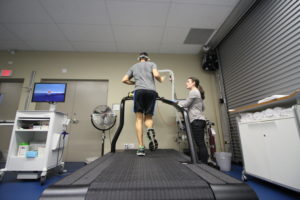 A bump in the road
A bump in the road